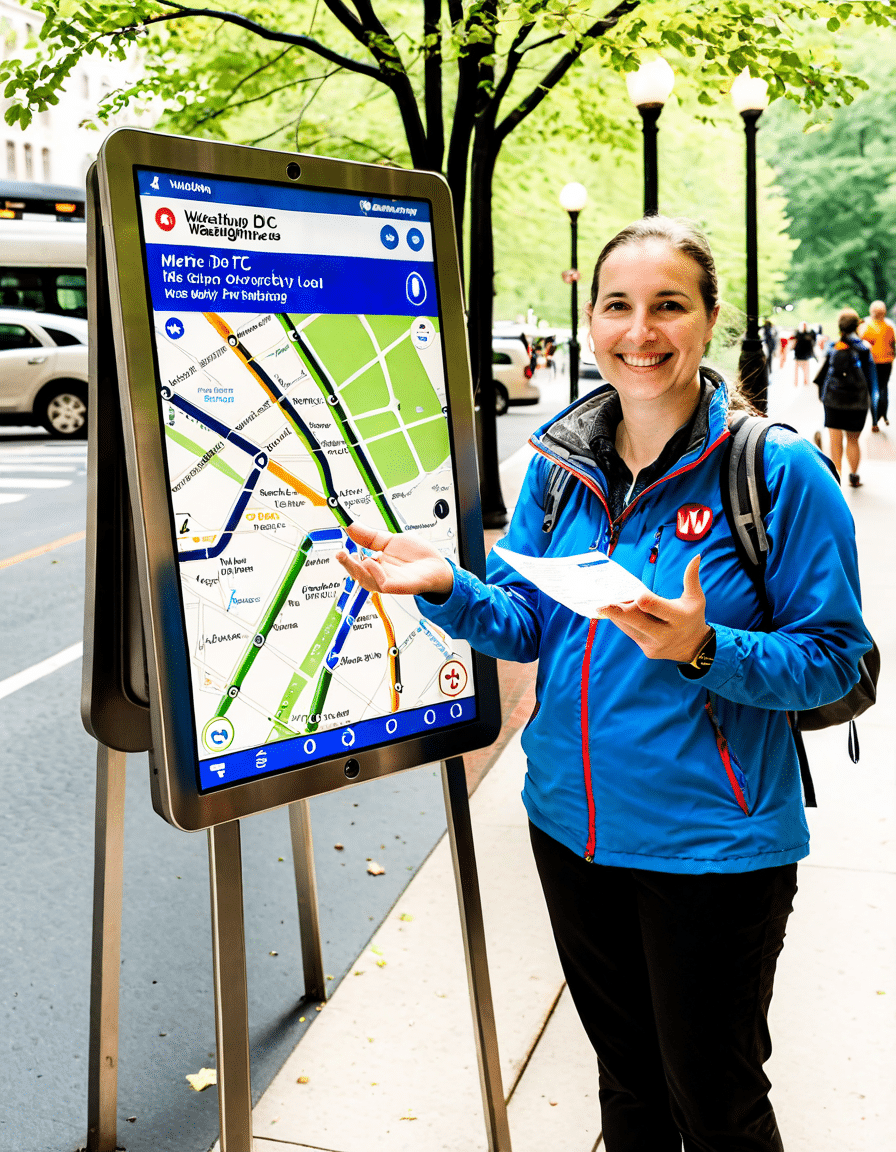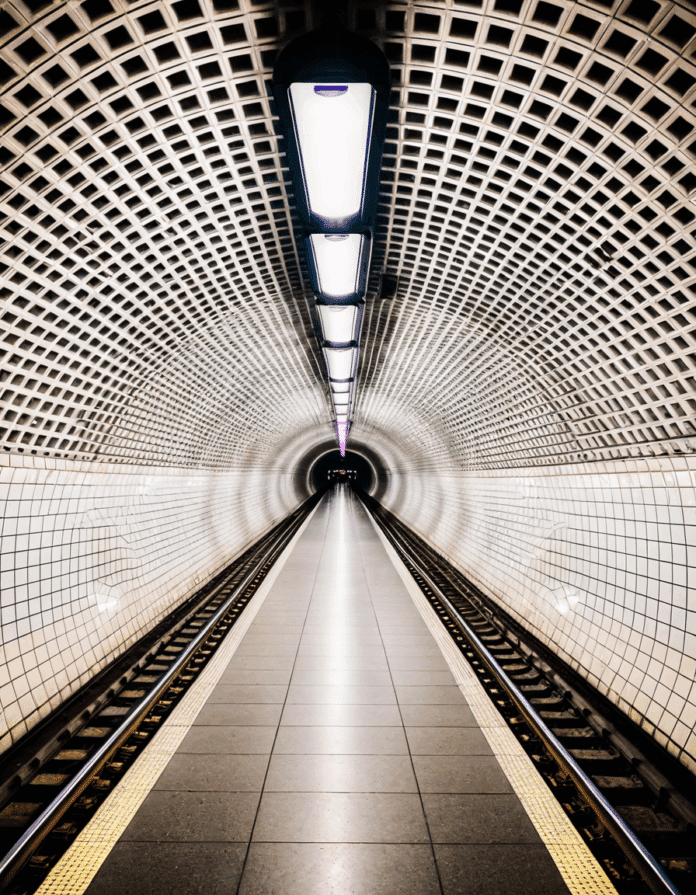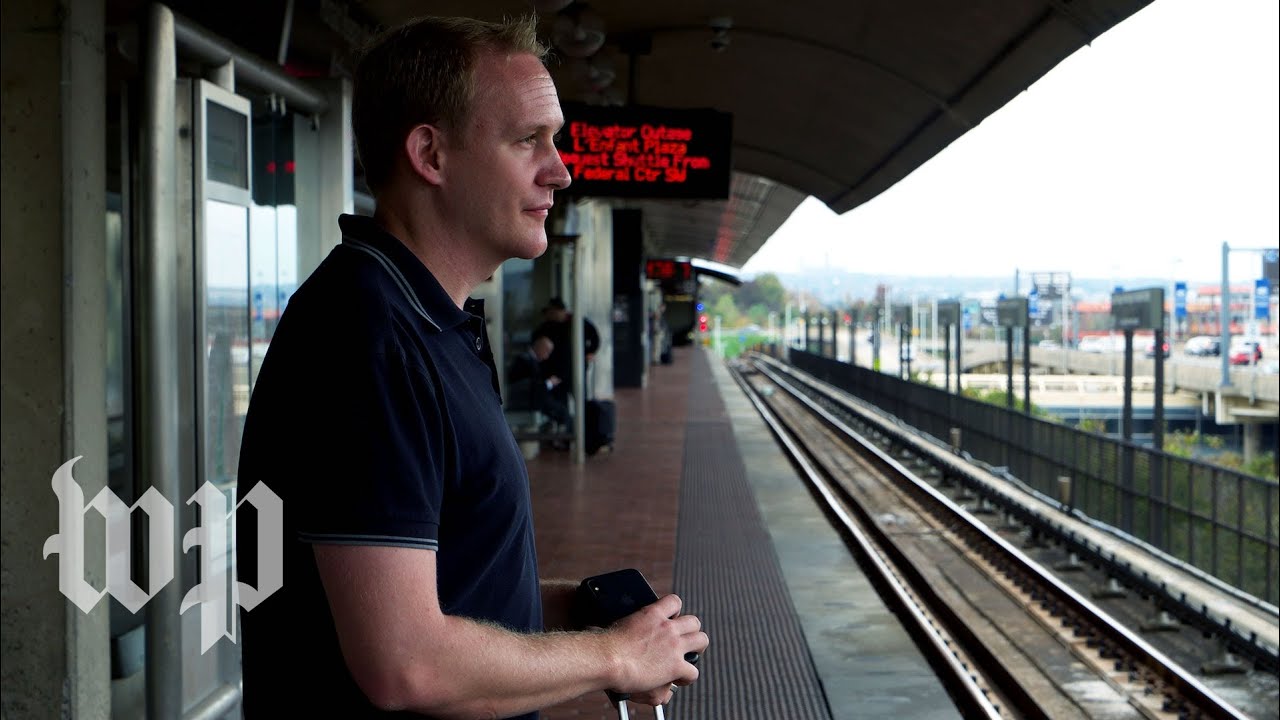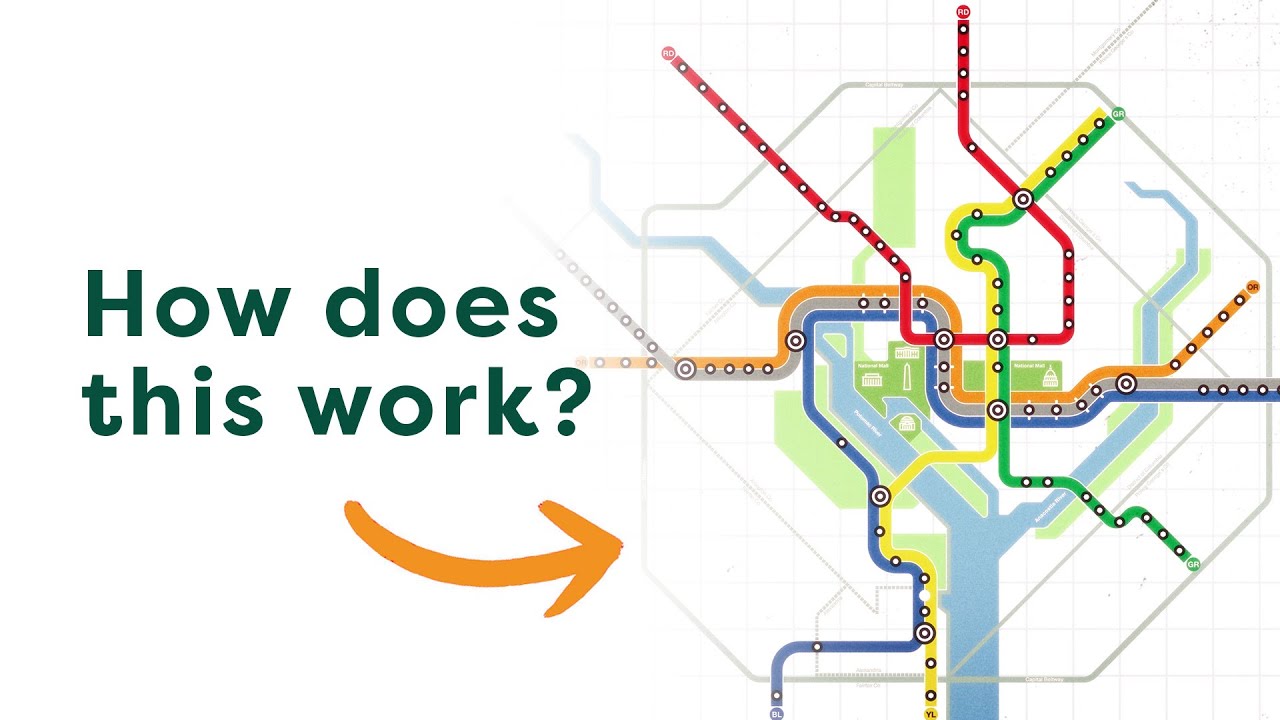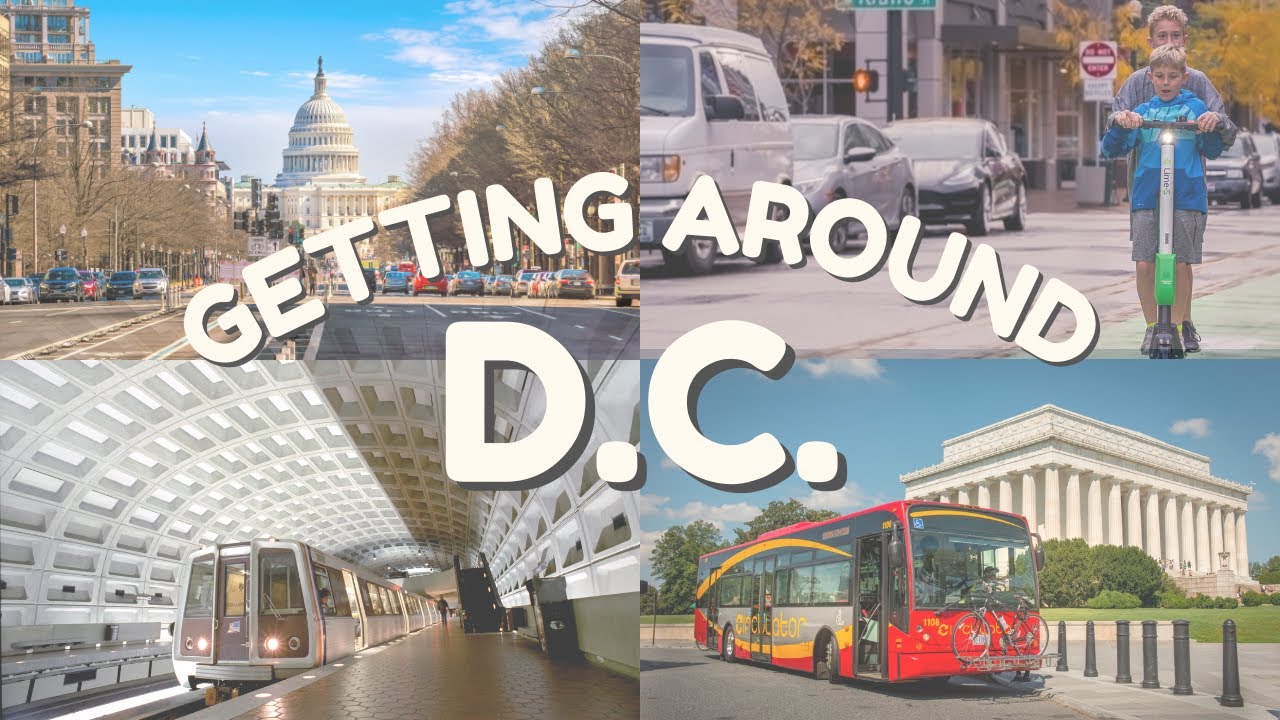If you’re new to the Washington DC Metro, you’re stepping into a fascinating transportation network that connects the heart of the nation’s capital. This system isn’t just a means to get from place to place; it embodies the vibrant culture, rich history, and hustle and bustle of DC. With its extensive lines and accessibility, navigating the Washington DC Metro can open doors to numerous attractions, neighborhoods, and cultural experiences that would otherwise be easy to miss.
Understanding the Washington DC Metro System
Historical Context and Development
The Washington DC Metro opened its doors in 1976, just in time for the nation’s bicentennial celebration. Over the decades, it has transformed from a handful of lines to a comprehensive network spanning over 120 miles and serving nearly 600,000 passengers a day. The system includes six lines—Red, Blue, Yellow, Orange, Silver, and Green—each distinguished by its own unique color on the Washington DC Metro map.
Key Features of the System: Lines, Fares, and Accessibility
The Metro system boasts a user-friendly fare structure that uses a SmarTrip card, a rechargeable contactless card that simplifies the payment process. You can travel efficiently between major hubs for only a few dollars. In addition to affordability, the Metro prioritizes accessibility, with many stations equipped with elevators, tactile maps, and auditory announcements, ensuring everyone can enjoy the service.
Importance of the Metro in the Commuter Culture of Washington DC
The Washington DC Metro plays a vital role in the commuter culture, allowing residents to travel without the hassle of traffic jams and limited parking spaces. It enhances the overall lifestyle in the area, making daily commutes easier for professionals and providing countless options for leisure activities on weekends. For many, hopping on the Metro has become an integral part of everyday life in DC.
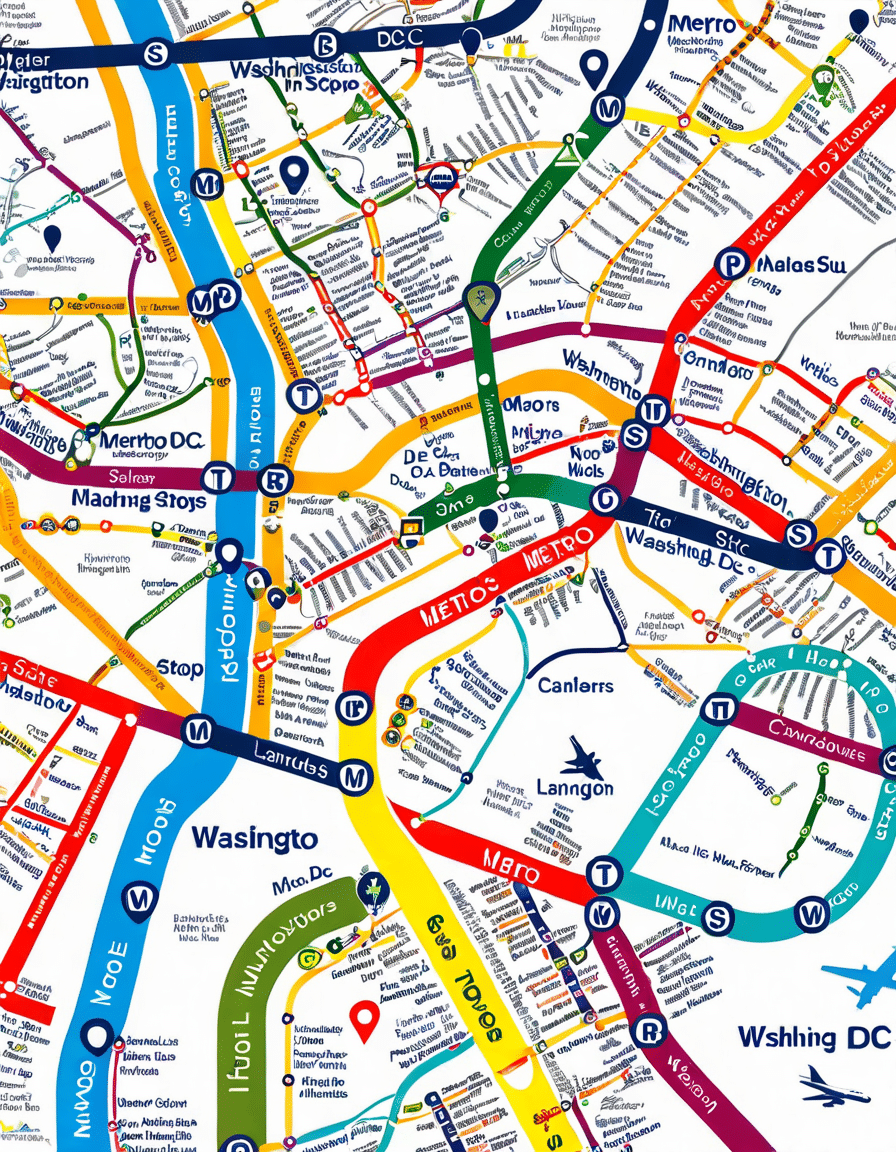
Top 7 Navigation Tips for Maximizing Your Washington DC Metro Experience
Georgetown Washington DC: A Cultural Hub Accessible via the Metro
The Unique Charms of Georgetown: Shopping, Dining, and Historic Sites
Georgetown is a cultural hub teeming with charm and character. This historic neighborhood, known for its cobblestone streets and 18th-century architecture, offers top-notch shopping, dining, and cultural attractions. From quaint cafes to high-end restaurants, you can find food options that cater to every palate here.
Best Metro Stops for Accessing Georgetown: How to Plan Your Visit
To access Georgetown easily via the Washington DC Metro, you can take the Metro to the Foggy Bottom–GWU or Rosslyn stations and enjoy a scenic walk across the Key Bridge. Alternatively, many local bus routes can get you directly into Georgetown, making your exploration even more convenient.
Insider Tips for Exploring Georgetown Beyond the Tourist Spots
To truly experience Georgetown, venture beyond the main thoroughfares. Check out the side streets for charming boutiques and local eateries. And don’t miss the waterfront, where you can take a leisurely stroll along the Potomac River, watch the boats, or enjoy a riverfront meal at one of the many outdoor dining options.
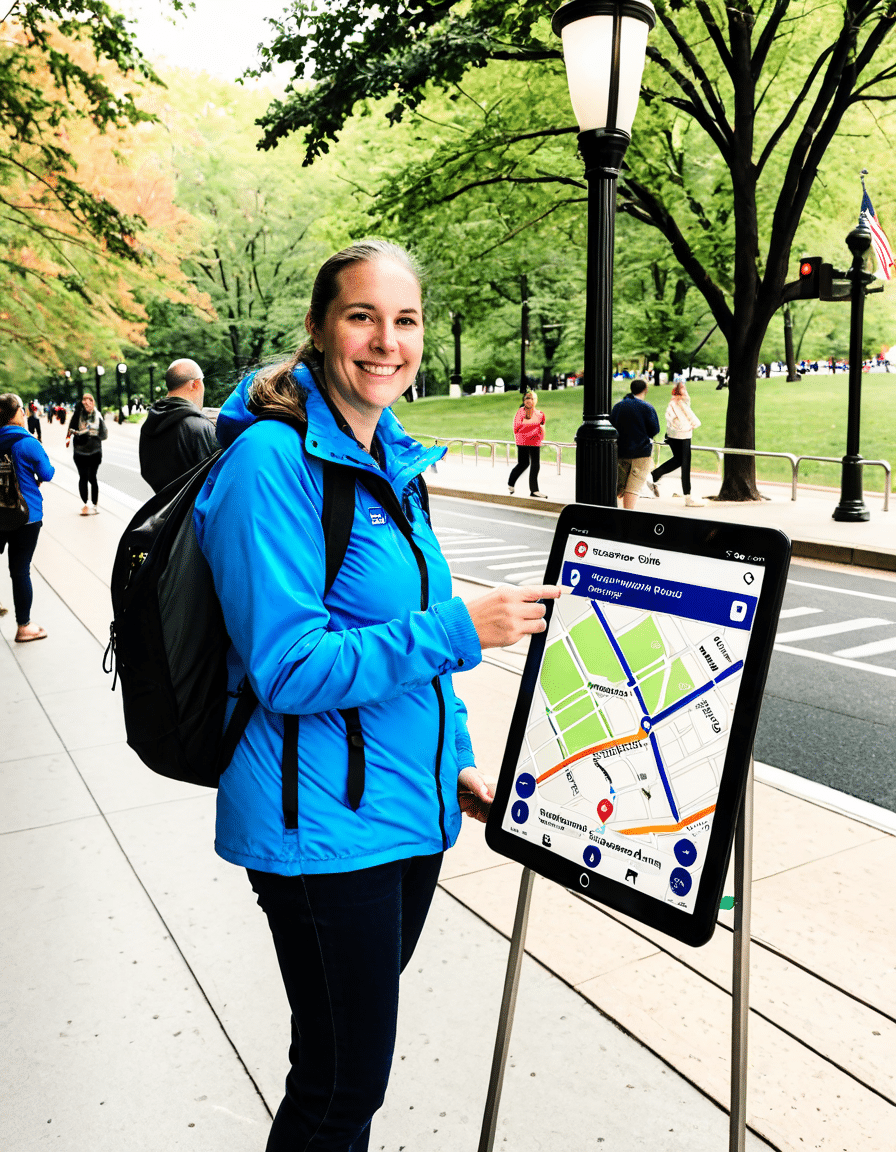
Comparing the Washington DC Metro to Other Major Cities
Insightful Comparison with Systems Like New York City’s Subway and San Francisco’s BART
When you stack up the Washington DC Metro against giants like New York City’s Subway and San Francisco’s BART, you’ll find that each has its strengths. The DC Metro shines in cleanliness and ease of navigation, while NYC’s system boasts greater coverage. BART, on the other hand, impresses with its efficient connections to surrounding areas.
Analyzing Efficiency, Coverage, and User Experience
The experience you get while using the Washington DC Metro is user-friendly, with clear signage and minimal wait times compared to some other metro systems. New York’s Subway, while extensive, often feels like a maze, posing challenges for newcomers. The Washington DC Metro outperforms in user accessibility, catering to tourists and residents with resources like comprehensive maps and info kiosks.
What Makes the Washington DC Metro Unique in Terms of Design and Usage
The distinct design of the Washington DC Metro, with its iconic archways and spacious platforms, allows for smooth passenger flow. This architectural style not only gives the Metro character but also enhances efficiency, making it easy for travelers to rush out and find their next destination.
The Future of the Washington DC Metro: Trends and Developments
Planned Expansions and Upgrades Through 2030
Looking ahead, the Washington DC Metro has ambitious plans for expansion, including extending existing lines and introducing new ones to accommodate a growing population. By 2030, the goal is to connect underserved areas, potentially increasing ridership significantly.
How Infrastructure Improvements Will Impact Commuters
Upgrades to the infrastructure, including enhanced safety measures and modernized trains, will undoubtedly improve the commuter experience. This is vital as demand increases, ensuring a smooth flow of passengers during busy times.
Sustainable Transportation Initiatives and Their Role in Shaping the Metro System
A focus on sustainability will shape the future of the Washington DC Metro. Planned initiatives include energy-efficient trains and environmentally friendly practices, making public transport an even more attractive option for travelers looking for green alternatives.
Innovative Travel Tips for First-Time Visitors to Washington DC
Navigating Key Attractions via the Metro: A Day Plan
For first-time visitors, a solid plan can make for a more enjoyable experience. Start your day at the National Mall, easily accessible via the Smithsonian station. After soaking in the monuments, take the Metro to Capitol Hill for lunch before heading to the historic district of Georgetown for shopping and exploration.
How to Combine Metro Travel with Local Events and Festivals
Keep an eye on the DC calendar for local events that coincide with your visit. Riding the Washington DC Metro can get you to festivals, markets, and parades without the hassle of parking or traffic.
Recommendations for Safe Travel in a Post-Pandemic Environment
In our current climate, wearing masks and social distancing remain essential while using public transport. Keeping hand sanitizers handy will also add a layer of security to your travels, ensuring your Metro experience remains enjoyable and stress-free.
In summary, the Washington DC Metro is much more than just a transit system. It serves as a link between neighborhoods, attractions, and the various facets of life in Washington, DC. As you familiarize yourself with the Metro, you’ll not only enhance your travel experience but also gain a deeper understanding of this remarkable city. Whether you’re commuting or exploring on the weekends, living the DC Metro way is a journey filled with adventure and convenience.
So next time you’re planning a trip to Washington DC, remember that the Washington DC Metro is your ticket to not just getting around, but experiencing everything this vibrant city has to offer. Remember to keep these tips in mind, and who knows, you might discover your new favorite spot in no time!
Washington DC Metro Insights and Navigation Tips
Fun Facts About the Washington DC Metro
Did you know that the Washington DC Metro is one of the busiest subway systems in the country? It serves around 700,000 passengers on a typical weekday, making it comparable to other major cities. In fact, it’s often considered a vital cog in the city’s daily operations. Just like bustling Palos Verdes estates thrives with community charm, the DC Metro pulses with energy, connecting locals and tourists alike to iconic landmarks.
Another interesting tidbit is the Metro’s history. The first line opened in 1976, coinciding with the nation’s bicentennial celebrations. Talk about great timing, huh? The system has since expanded to cover over 110 miles with six color-coded lines, unlike Liverpool Vs Burnley, which just sees red and blue teams competing on the field! Travelers can explore the fascinating mix of culture, history, and delicious dining options inspired by, you guessed it, French Women, providing a delightful experience that goes beyond commuting.
How about this: the Metro’s iconic design includes art installations at various stations – a nod to the city’s artistic flair. Some might find these details intriguing as they represent a melding of practicality and creativity that echoes through neighborhoods much like the diverse climates reflected in the Fort Collins co weather. Plus, maintaining your health while navigating the Metro can be a breeze, especially if you stock up on essentials like over The counter Antibiotics for those pesky colds that seem to emerge while traveling.
Navigating the Metro Effectively
Now, when you’re riding the DC Metro, it’s helpful to plan your route. Mobile apps and maps can save time, allowing travelers to navigate with ease. This simplicity is especially beneficial to first-time riders looking to explore various destinations, and a surprise find could be a fun detour to a local hotspot akin to visiting Hotels in Grand Marais mn for a cozy getaway. It’s all about being flexible with your plans and embracing what the city has to offer.
As you prepare for your journey, it’s wise to keep an eye on service updates. Trains can vary in frequency, so being aware of any changes can help avoid lengthy waits. You wouldn’t want your commute turning into a marathon that even the best theme parks, like Legoland Dallas, couldn’t prepare you for! Instead, follow tips from seasoned commuters, who know how to make the most of their Metro experience. With these insights, you’ll glide through the Washington DC Metro like a local pro.
